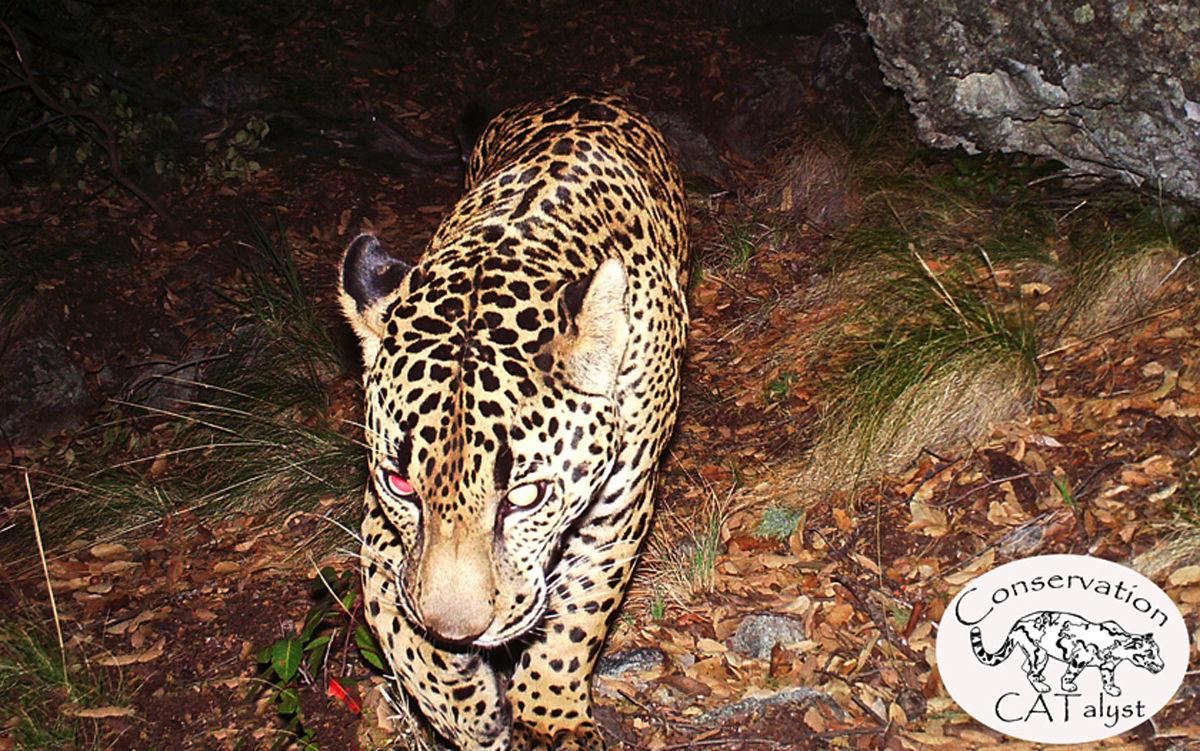The Center for Biological Diversity gave formal notice Wednesday that it may sue to overturn a recent federal biological opinion that could clear the way for construction of the Rosemont Mine.
In a 12-page written notice, the group warned Wednesday it will sue in 60 days if the U.S. Fish and Wildlife Service doesn’t reverse what the center contends is an illegal and biologically flawed opinion on the mine.
If the U.S. Forest Service, Army Corps of Engineers and Environmental Protection Agency rely on the opinion to approve the mine in the meantime, they too would be violating federal law, the center says.
The legal notice is the group’s first step in challenging the wildlife service’s 434-page Rosemont biological review that it released in late April. The opinion concluded that while the mine will trigger significant impacts affecting a dozen endangered and threatened species, none of the impacts would be severe enough to jeopardize the species’ existence or illegally destroy or modify their critical habitat.
The center lashed out against that opinion on a number of fronts, particularly on impacts to the endangered jaguar that was photographed repeatedly in the Santa Rita Mountains — often not far from the mine site — for three years ending in October 2015.
“If we want jaguars … to roam wild again in the mountains of the American Southwest, we must protect places like Rosemont,” said Randy Serraglio, a conservation advocate for the Center. “Rosemont is not only prime jaguar habitat … it’s also a critically important movement corridor for all jaguars that attempt to return to ancestral territories in the U.S.”
Steve Spangle, a field supervisor for the wildlife service, said the service won’t comment on pending litigation. Hudbay Minerals Inc., the Toronto-based company proposing to build the mine, also declined to comment on the legal notice.
Spangle has said in repeated interviews that the wildlife service used the best available science to make its determinations.
The notice comes at a crucial time in the 11-year conflict over what would be the country’s third largest copper mine.
The Army Corps of Engineers has said it will make its decision on the mine in the next few weeks, while the Forest Service says it will decide by the end of the summer. The EPA has said it may try to kick these decisions up to higher levels of federal authority in Washington, D.C., if it finds them unsatisfactory.
Depending on the decisions, the center may need to sue over one, both or neither.
In its notice, the group alleged that:
- Wildlife service management overturned the scientific judgment of its professional staff on impacts to the endangered jaguar. The wildlife service concluded that the jaguar would have adequate room to roam on critical jaguar habitat even with the mine present. A wildlife service biologist had warned that the mine’s construction would block movement through a crucial corridor and result in illegal “adverse modification.”
- The opinion failed to adequately take into account damages to habitat for water-based species such as the Gila chub and Gila topminnow, the Chiricahua leopard frog and the northern Mexican garter snake — even though the opinion agreed that mine construction could significantly damage their habitat.
- The wildlife service relied extensively on groundwater models that the center said had significant deficiencies, cited by other agencies’ scientists and the environmental group’s consultant.
- The wildlife service relied heavily on various conservation measures, including creation of a Cienega Creek watershed conservation fund and the planned purchase of a 1,580-acre private ranch near Sonoita, that have been criticized by other agencies as inadequate, possibly or probably ineffective and in some cases unenforceable.
- By allowing the mine to be built in critical habitat for four species, the wildlife service has in effect revised its previously approved habitat designations for those species without following proper procedures laid out in the Endangered Species Act.
The Center for Biological Diversity is a national nonprofit conservation organization.





